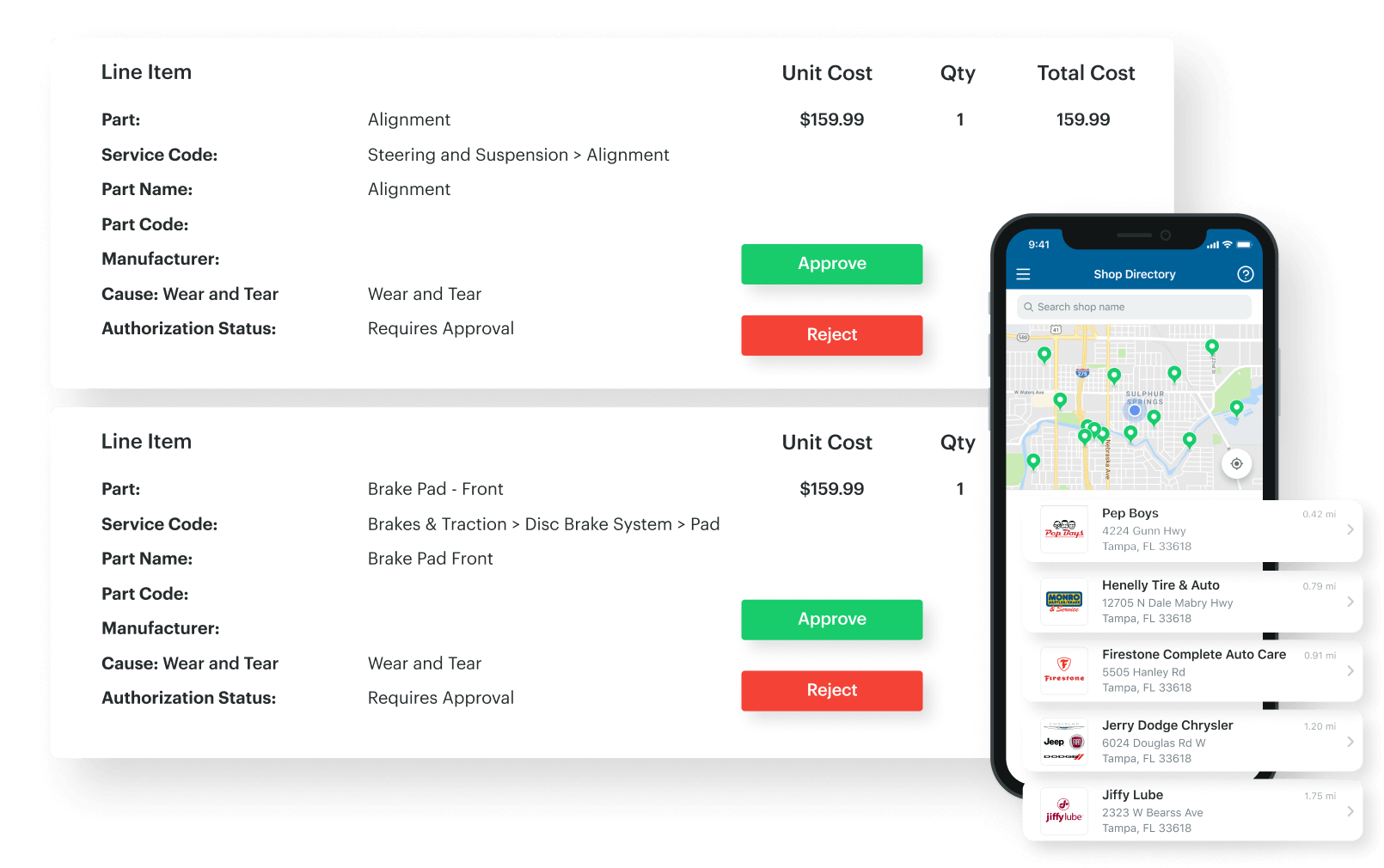Since good preventative maintenance inspections (PMI) are based on diagnosing potential failures before they happen, proper test equipment is needed for both gasoline and diesel vehicles.

Diagnostic test equipment should consist of:
- Voltmeter
- Ohmmeter
- Ammeter
- Tachometer
- Dwell meter
- Timing light
- Compression tester
- Vacuum tester
Ideally, many of these units can be acquired in multifunction test devices such as an engine analyzer, a multimeter or even an oscilloscope in combination with most testers. Today’s computerized units are designed to perform sophisticated engine analysis and diagnostics.
Information acquired from these devices can be invaluable in troubleshooting a problem.
Let’s look closely at a few key tools:
Ammeter
An ammeter measures the rate of charge or discharge in the electrical system. A normal reading would be when the needle registers slightly discharging during idle with no accessories on. At the time of start-up, it should show a brief discharge, followed by another brief discharge, followed by another brief period of charge.
If the battery isn’t fully charged, the ammeter should show a higher charge rate. A decrease in the charge rate could indicate a bad alternator diode or loose alternator drive belt. No movement of the needle on the charge side indicates an alternator with several failed diodes. An ignition load should draw about 5 amps at all speeds. Higher discharge rates indicate a problem somewhere in the electrical system.
Voltmeter
A voltmeter reading of 12.6 volts signifies a good battery. A discharge below 10 volts means service to either the starting or the charging system is required. A charging rate of between 13.5 to 15.5 volts, depending on the ambient temperature, indicates that the charging system is functioning well.
Readings below 13.5 volts or over 15.5 volts indicate that immediate service is required. The most likely causes that should be checked are a loose alternator belt or corrosion on the battery cables. If these areas of OK, a charging system test to see that the alternator puts out the proper rated amperage under load is called for.
It’s a good idea to talk to the vehicle operator or review the daily reports before doing work. Many times, it can save hours of frustrating diagnosis. Reliable information from a good operator will make maintenance a lot easier.
In our next post…
We’ll discuss the common diagnostic tests you should be using. And don’t forget to check out 3 Ways Diagnostics Can Improve PM Efficiency!
Sources: Fleet Management, 11th Edition by John Dolce



